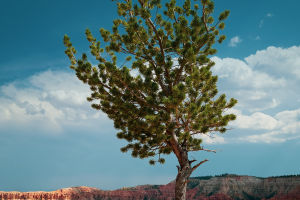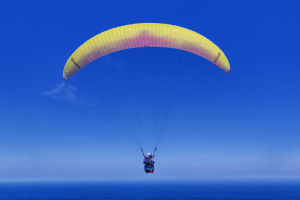Capturing splashing water is one of the more creative types of photography themes.
Photographers can employ various shooting techniques to achieve some of the most eye-catching photos!
The process of capturing water splashes is relatively simple; you just need the right equipment and practice to get the shot. Let's take a look at some tips for capturing simple yet perfect splashes of water.
1. Equipment Selection
Choosing the right camera and lens is crucial. Typically, a DSLR or mirrorless camera paired with a medium to long telephoto lens is a good choice for capturing water splashes. A medium to long telephoto lens helps you capture the details of the splashes and allows you to maintain a safe distance.
2. Selecting Shooting Location and Time
Choosing a suitable shooting location is key to successfully capturing water splashes.
The splash usually occurs above the water's surface, so it's best to choose a high shooting position to better capture the entire splash. Additionally, lighting during shooting is essential. It's best to shoot in soft light conditions during the morning or evening to create a softer and more vivid effect.
3. Setting Camera Parameters
Shutter speed is key when shooting water splashes.
Since the movement of water splashes is very fast, you need to use a faster shutter speed to freeze the motion. Typically, a shutter speed of 1/1000 second or faster is ideal.
Additionally, adjust the aperture appropriately to ensure brightness and clarity in the image.
4. Using Burst Mode
Since the movement of water splashes is instantaneous, it's difficult to capture the ideal effect in one shot. Therefore, it's recommended to use the camera's burst mode to take multiple shots continuously, increasing the chances of successfully capturing the water splashes.
5. Finding the Right Moment
Timing is crucial when shooting water splashes. Typically, the moment when water splashes occur is when an object impacts the water surface or when the water surface is subjected to external force. Therefore, observing the movement of the water surface and finding the right moment is key to successful capture.
6. Eliminating Unnecessary Objects
Removing unnecessary objects, especially those in the background, is crucial in splash water photography to keep your background clean, simple, and uncluttered, as it will keep your audience from being distracted.
Using plain-colored towels, fabric, or walls to keep the background as simple as possible will greatly help maintain the audience's focus on the subject.
7. Maintaining Camera Stability
Pressing the shutter button inevitably causes some shaking, which should be avoided as much as possible.
Consider using the camera's built-in timer to reduce the risk of camera shaking when pressing the shutter button. Using this method, you will have enough time to release the item, generate action, and set the capture lens with a 5-10-second timer setting.
8. Post-processing
After capturing water splash photos, you can further enhance the effects using post-processing software. Adjusting parameters such as contrast, color, and sharpness can highlight the details and dynamic effects of the splashes.
With these tips, you can successfully capture stunning water splash photos. Remember, photography is an art, and continuous practice and experimentation are the keys to improving your shooting skills.


